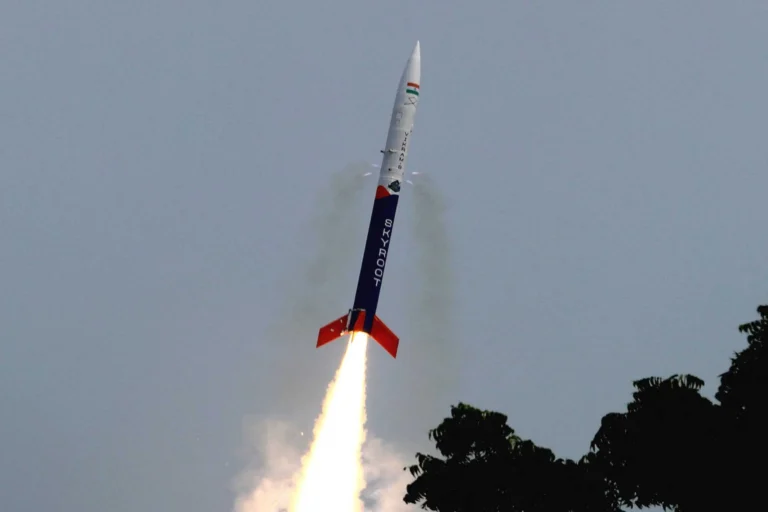China has successfully developed its first large-diameter stainless steel rocket storage tank, measuring 5 meters in width, marking a major leap in its growing space technology sector. The new tank is a product of ongoing research led by China Aerospace Science and Technology Corporation (CASC). This innovation is expected to support China’s increasing number of space missions and enhance its rocket-building capabilities.
The tank’s development places China among a few nations capable of producing large, high-strength rocket components. It highlights the country’s effort to build a competitive edge in global aerospace engineering and long-term space exploration.
Why the 5-Meter Tank Matters
Rocket storage tanks play a vital role in the performance and safety of a launch vehicle. According to the China Academy of Launch Vehicle Technology (CALT), these tanks account for more than half of a rocket’s mass and volume. That makes them one of the most important structural elements in any space mission.
The newly developed tank is made of stainless steel, which offers several benefits, including higher durability, resistance to extreme temperatures, and cost-effective production. Stainless steel also supports larger payloads and more powerful engines, which are essential for future lunar and deep-space missions.
Addressing the Production Challenge
China’s space program has seen a sharp increase in rocket launches over the past few years. Each launch mission requires specific rocket configurations based on the size and type of payload. Designing and producing custom storage tanks for every mission can take over six months and requires at least three rounds of testing.
For instance, a rocket with four boosters typically uses eight storage tanks with a 2.25-meter diameter. Scaling up production to meet mission deadlines has been a challenge for engineers. The new 5-meter tank offers a more flexible and scalable design, helping reduce production time and meet the rising demand for short-term missions.
A Step Forward for China’s Space Goals
The development of this large storage tank reflects China’s focus on technological self-reliance and space infrastructure innovation. As the number of missions grows, having a standard, scalable tank design allows engineers to streamline operations and speed up project timelines.
Speaking to Chinese media, experts from CALT said, “This milestone not only shows progress in materials science and structural design but also boosts our capacity to meet the growing needs of China’s space industry.”
This innovation is expected to support major projects, including the construction of space stations, satellite constellations, and manned lunar missions.
Global Implications
China’s advancement in rocket tank technology adds pressure on other spacefaring nations. While countries like the United States, Russia, and India continue to make progress, China is rapidly gaining ground through innovations like this.
This also aligns with China’s ambition to become a leading space power by 2030. The country has already completed several Chang’e lunar missions, launched the Tiangong space station, and is planning a manned mission to the Moon in the coming years.
According to SpaceNews, China carried out over 60 space launches in 2023 alone, a number expected to rise in 2025. With higher launch frequency comes the need for faster, more reliable production, and the new tank meets that demand.
What’s Next?
The next phase will involve extensive testing of the 5-meter tank in simulated flight conditions. Engineers will examine how well it performs under intense pressure, vibration, and temperature changes. If tests are successful, the tank may soon be integrated into China’s next-generation launch vehicles.
The move also opens up possibilities for international partnerships and commercial space ventures, as China looks to sell or license its tech to friendly nations and private firms.
China’s new 5-meter stainless steel rocket storage tank shows how innovation and speed are driving its aerospace ambitions. With rising global interest in space exploration, breakthroughs like this will shape the future of how countries build and launch rockets.







